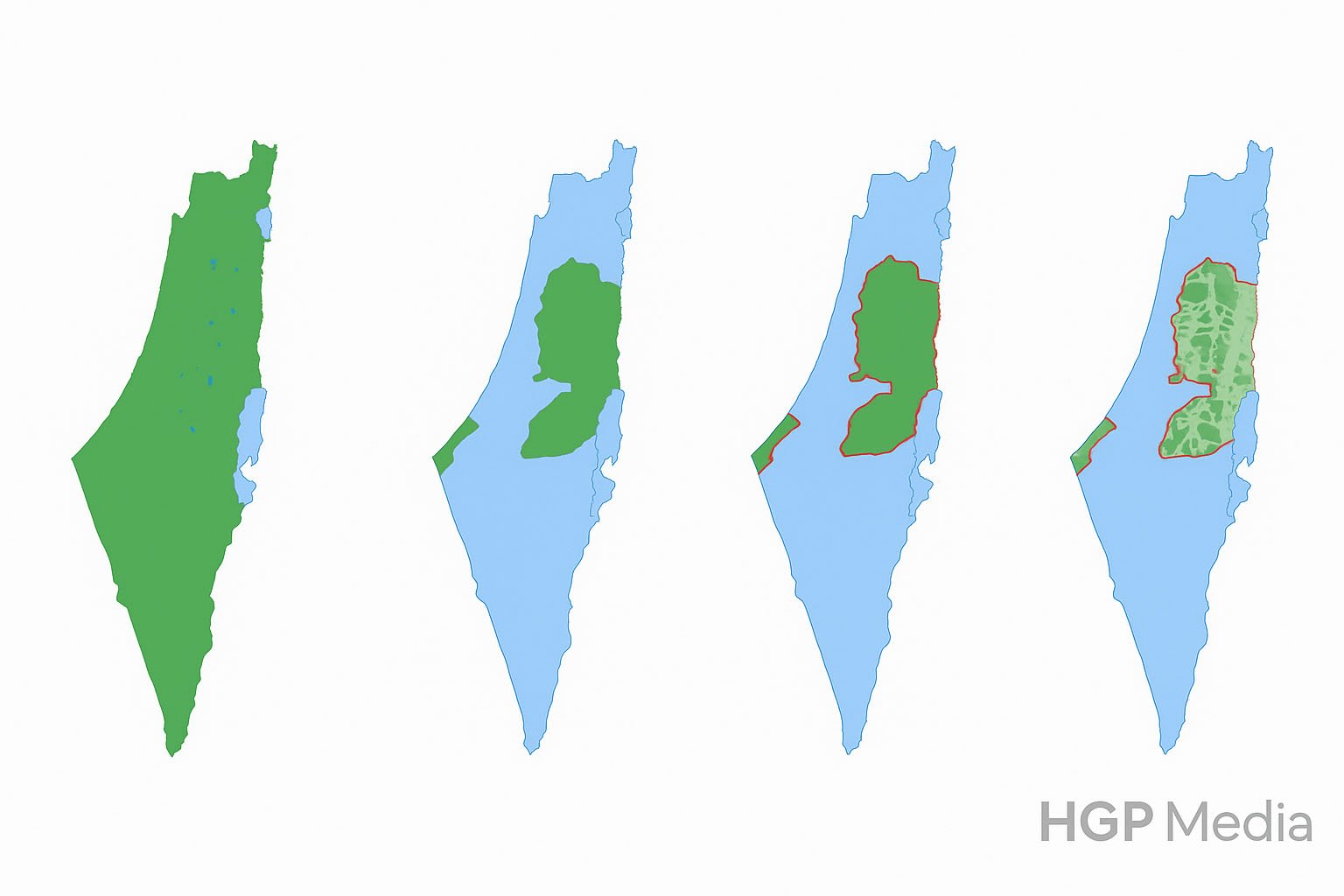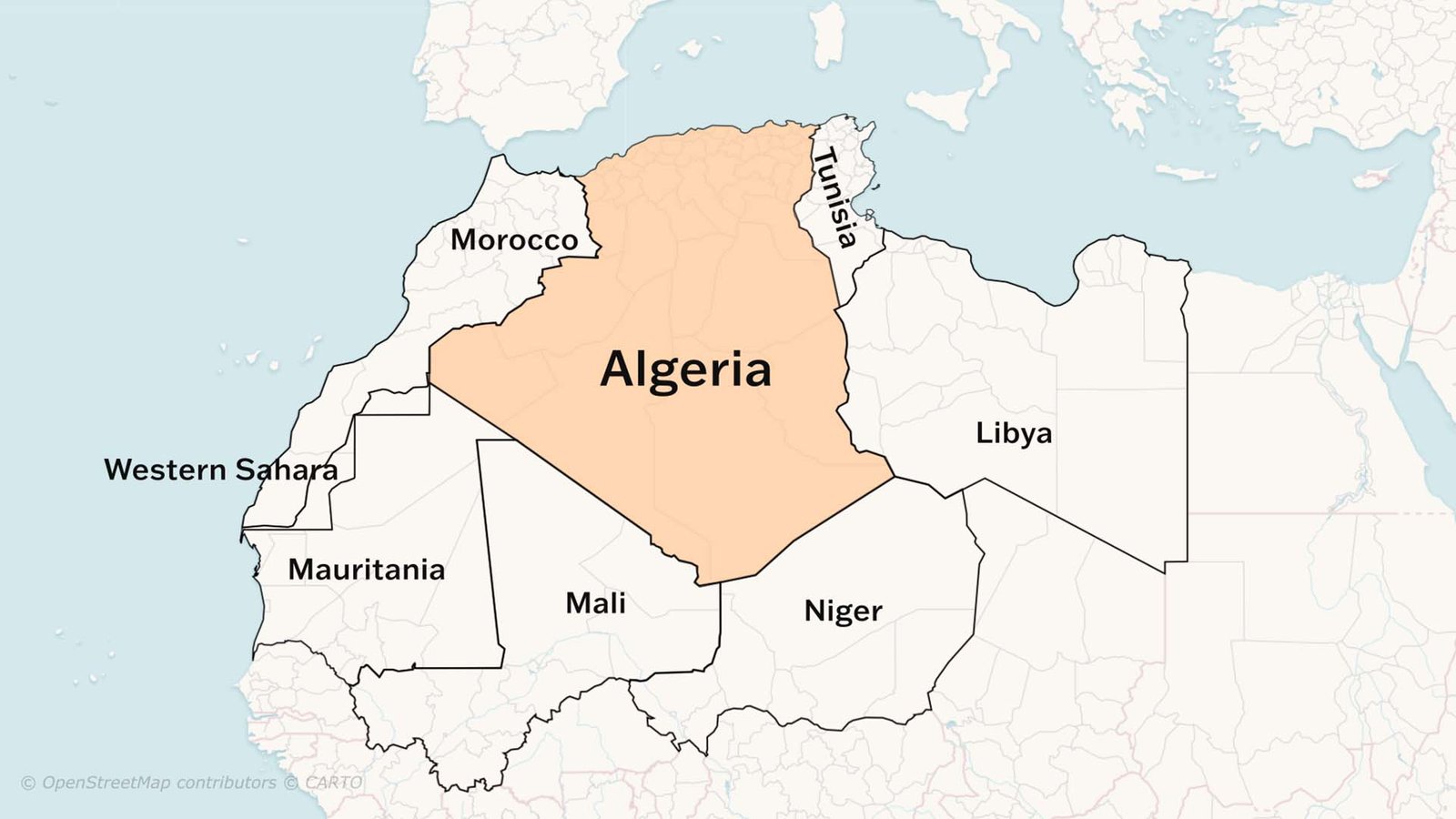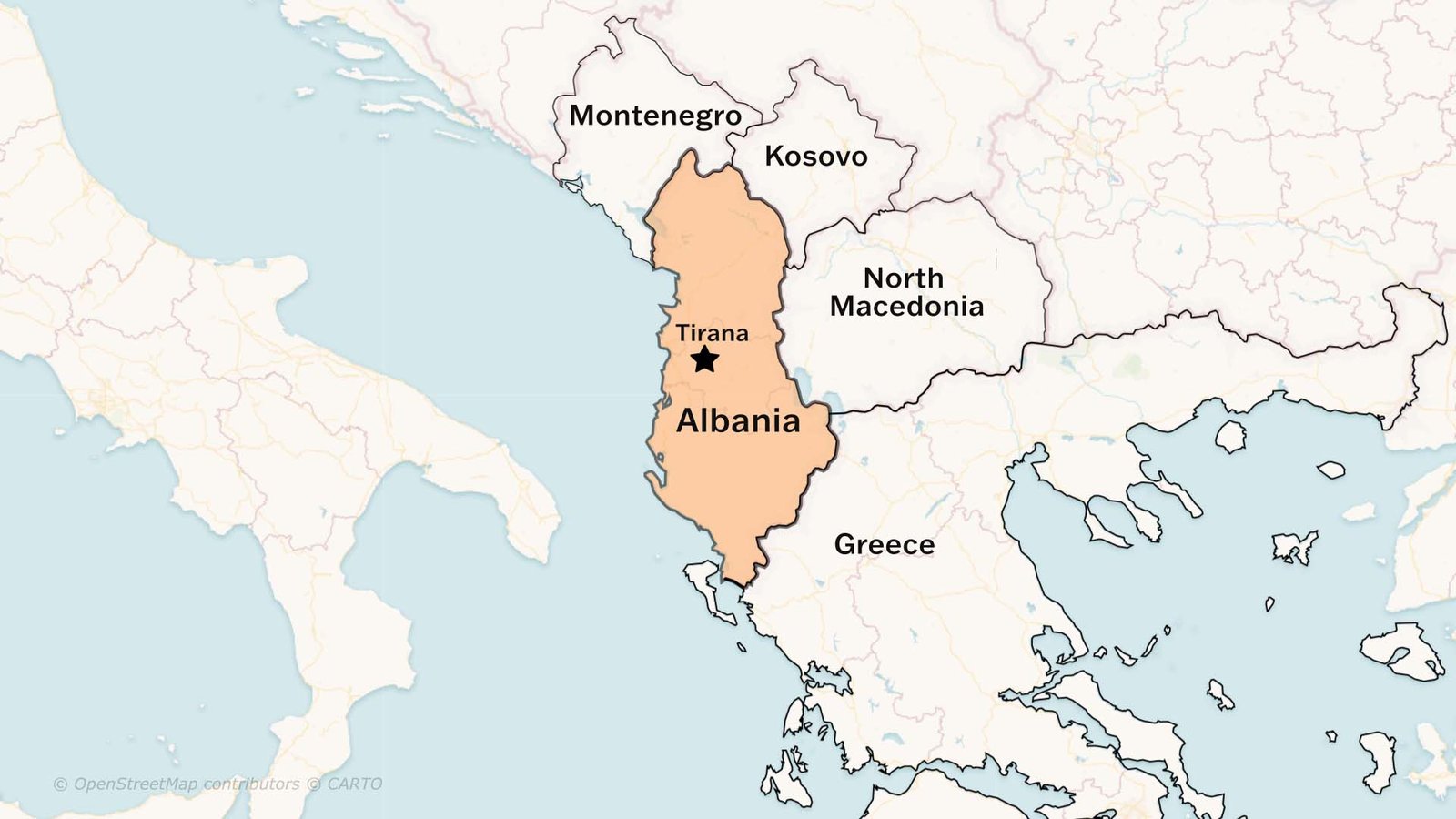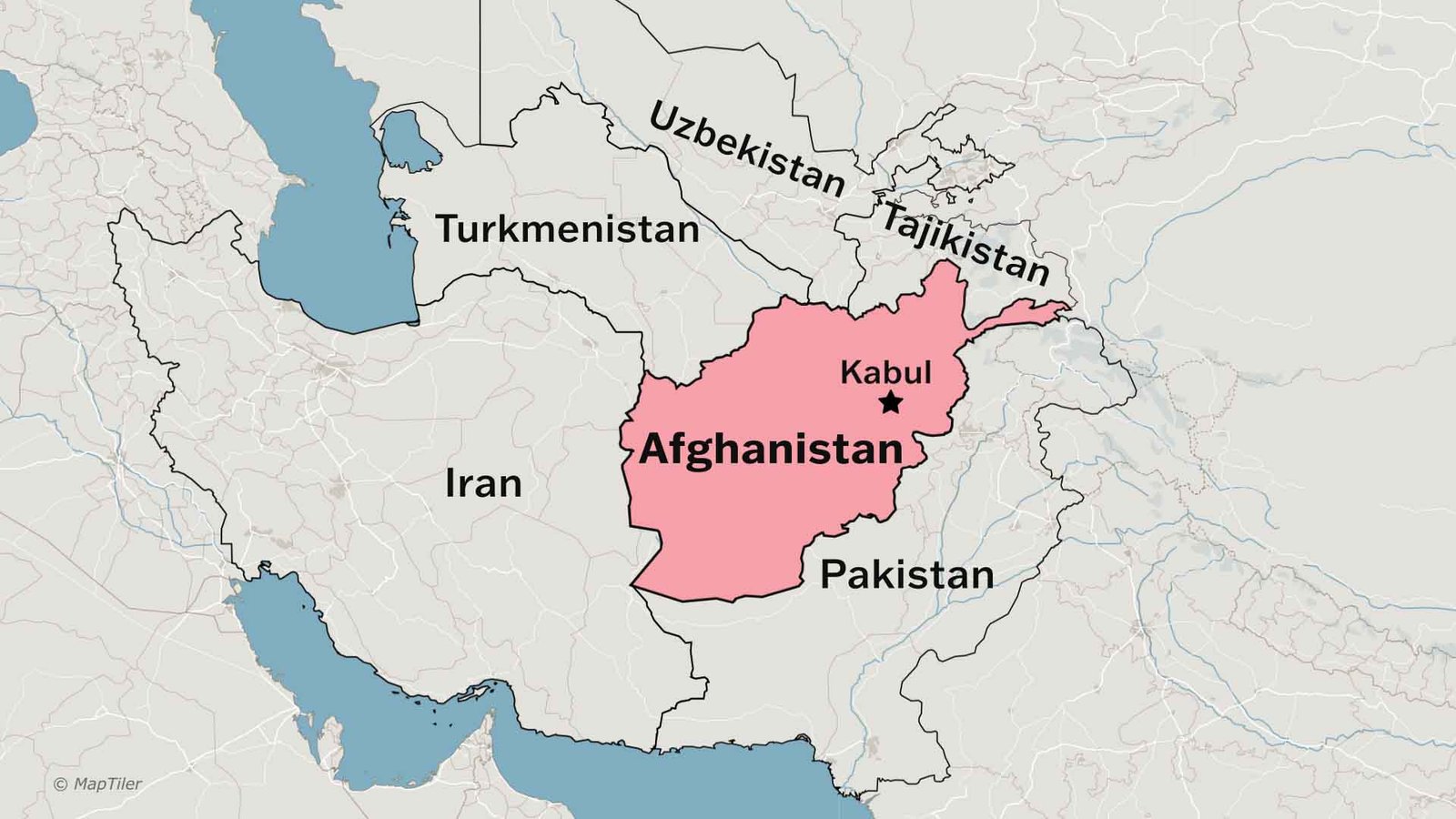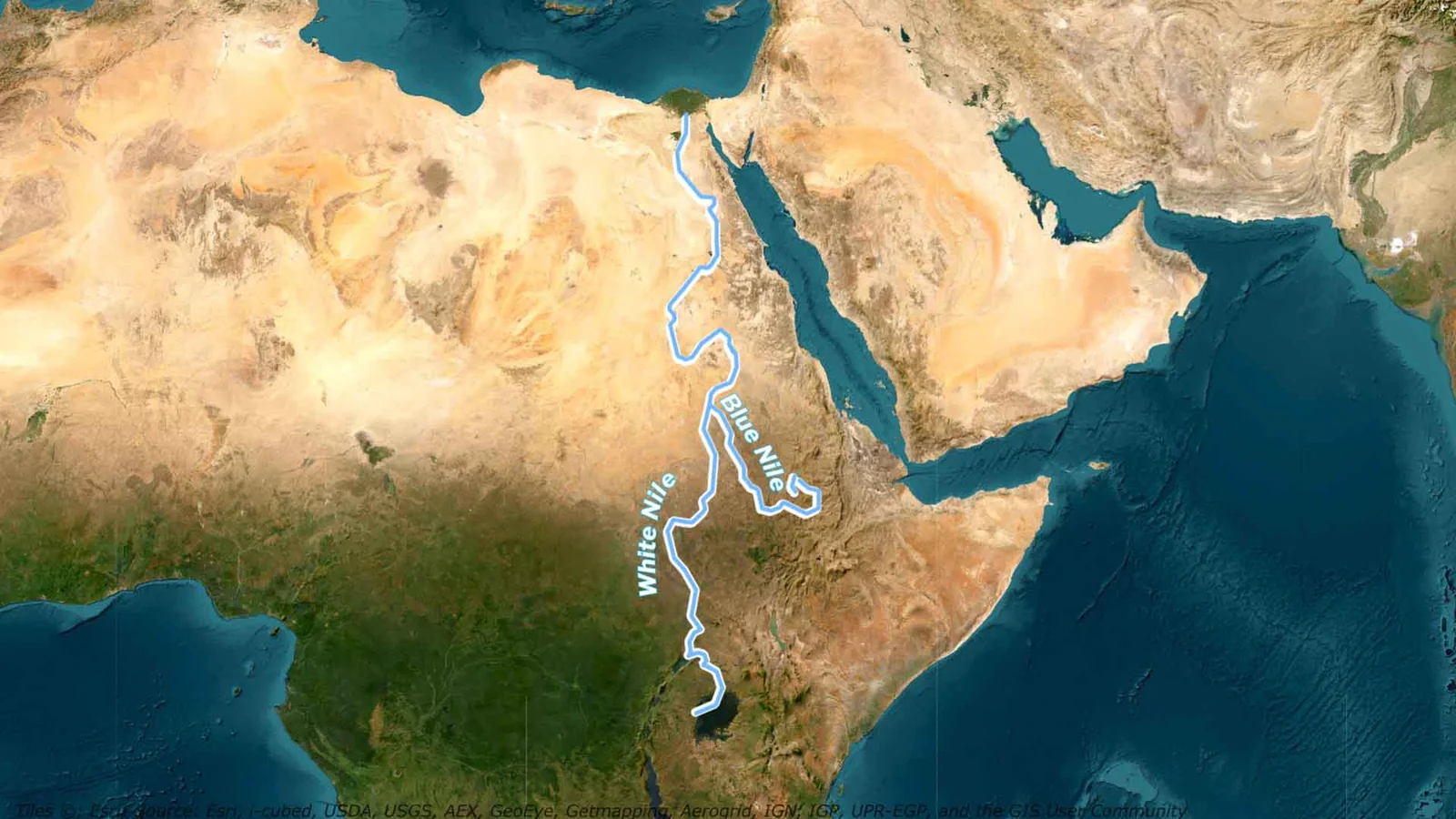The stretch of land between the Jordan River and the Mediterranean Sea, commonly referred to as Palestine, has been at the center of global attention due to its long-standing conflict. Over the past century, this land has witnessed wars, displacement, and deep-rooted political and religious tensions. Despite numerous efforts, peace in the region remains elusive.
Ancient History
Both Jews and Muslims have strong religious and cultural connections to the region, dating back about 4,000 years to Abraham. Abraham, a key religious figure, is considered to be the father of both religions.
The Old Testament states that God instructed Abraham and his people to settle in Canaan. The land of Canaan corresponds to modern-day Israel.
Around 1000 BCE, King Saul founded the Israelite monarchy, succeeded by King David and then his son Solomon, who erected the first Jewish temple in Jerusalem. This event marked the beginning of the Jewish historical connection to the land known as Israel.
Over time, this land saw various empires such as the Persians, Greeks, Romans, Arabs, Egyptians, Fatimids, Seljuks, Crusaders, Mamluks, Ottomans, and the British. The Ottomans called this land Palestine.
Such Power shifts often forced Jews to leave their homes, leading to their widespread dispersal into surrounding lands.
It is said that Jesus Christ was born into a Jewish family. A common misconception is that Jews crucified Jesus Christ because his teachings challenged Judaism.
However, it was the Roman authorities who carried out the crucifixion. The false charge that Jews were responsible for Christ’s death strained relations between the Christian (particularly Catholic) and Jewish communities for centuries.
Starting from the Exodus of Israelites from Egypt in ancient times, The destruction of the First Temple by the Babylonians in 586 BCE and then the destruction of the Second Temple in 70 CE by the Romans, the Expulsion from England, France and later from Spain in mediaeval times, to the Russian Pogroms and the Holocaust in recent history, Jews faced the enduring challenges of combating anti-Semitism and discrimination.
Seeking to escape persecution in Europe, Jews sought refuge in a promised homeland. In the late nineteenth century, many Jewish people emigrated back to Ottoman-controlled Palestine.
Zionism and Early Jewish Immigration
The late 19th century was the golden age of nationalism in Europe. In this environment of hyper-nationalism, and as a reaction to European anti-Semitism, Zionism was born.
Theodore Herzl, the founder of Modern Zionism, recognized that Jews were finding it difficult to assimilate in Europe and that, sooner or later, they would need a homeland outside of Europe where they could go, live, and settle. Their demand was clear: “A land without a people for a people without a land.
Zionism was a secular non-religious movement fuelled by nationalism. They believed that they had every right to claim and settle in other parts of the world.
In the late 19th century, the Ottoman Empire ruled over Palestine. At that time, 87% of Palestinians were Muslims, 10% were Christians and 3% were Jewish. Arabic was a day-to-day language. And more or less they lived peacefully together. In the 1880s many Jewish people started emigrating back to the promised land … Palestine.
Such a wave of immigration is called Aliyah. Aliyah is a Hebrew term that means “ascent” or “going up.” In the Jewish context, it refers to the immigration of Jews from the diaspora to the Promised Land of Israel.
Aliyah, the immigration of Jews to Israel, has been a crucial aspect of Jewish history, especially since the 1880s. It began as a response to anti-Semitism and pogroms in Russia, with the First Aliyah bringing 35,000 Jews. Subsequent waves followed due to continued persecution and economic hardship, with each contributing significantly to Israel’s development.
The Second Aliyah focused on urban growth, while later ones diversified into various sectors. By 1914, there were more than 75,000 Jews in the area.
The British Mandate 1920-1948
After World War I, Great Britain took control of modern-day Israel, Palestine, and Jordan from the Ottomans. Britain is significantly responsible for the Israel-Palestine conflict. It issued conflicting promises to both Arabs and Jews during the British Mandate Period. British policies like immigration control, the Balfour Declaration, and the Partition Plan also contributed to changing the demographic dynamics of the region.
During World War I, in 1915, British officials promised Arab leader Sharif Hussain control over Palestine and other Arab lands if he rebelled against the Ottoman Empire.
Then, in 1916, the secret Sykes-Picot Agreement between Britain and France planned to divide Arab territories between themselves after defeating the Ottoman Empire.
Furthermore, in 1917, the British government promised Palestine to the Jews through the Balfour Declaration, seeking Jewish support in the war.
Over three years, Britain promised the region of Palestine to three parties: the Arabs, the Jews, and themselves.
After the end of World War I, it was decided that the British would govern the area until the people were ready for self-rule. Meanwhile, to honour the Balfour Declaration, the British facilitated Jewish immigration from Europe to Palestine.
The Third Aliyah (1919-1923) continued from the Second after World War 1 and during the mandate of British-controlled Palestine.
The Fourth Aliyah (1924-1928) brought over 67,000 immigrants from Poland, Russia, Romania, Lithuania, and a few from Yemen and Iraq.
As they settled, they began purchasing land and establishing settlements with British aid. This marked the beginning of Jewish control over land and labour in Palestine. Local peasants, journalists, and politicians resented this, leading to the Arab Revolt of 1936-1939.
The British and Jewish militias suppressed the revolt brutally. Afterwards, the British restricted Jewish immigration and proposed a joint Arab-Jewish state in Palestine within ten years.
The Holocaust and the UN Partition Plan
Arabs were already upset with the British for misleading them during World War I and for crushing the Arab-Palestinian Revolt in the 1940s. Meanwhile, Jews were unhappy about the halted immigration, which was crucial for their safety amid European persecution.
The rise of Hitler’s anti-Semitic regime reignited the issue. The Fifth Aliyah occurred during Hitler’s rise and brought 250,000 more Jews to Palestine. Between 1920 and 1939, over 320,000 Jewish people moved to Palestine.
After Hitler took power, the Holocaust saw six million Jews killed, with millions more displaced.
Following World War II, the British requested that the United Nations determine the future of Palestine. The United Nations decided to partition Palestine into two states, the Jewish state of Israel, and the Arab state of Palestine with Jerusalem and Bethlehem as an international zone.
Establishment of Israel and the Arab-Israeli War 0f 1948
The plan granted Jews more than 50% of land despite they made up just 1/3rd of the total population of the area. The Zionist leaders accepted the plan with open hands. On May 14, 1948, Israel declared independence. David Ben-Gurion became the prime minister of the independent state of Israel.
Immediately, the Palestinian Arabs and neighbouring Arab states rejected the Partition Plan. To prevent the formation of the Jewish state, Arab countries invaded Israel. The coalition of Arab armies including Egypt, Transjordan, Syria, Lebanon, and Iraq fought an intense battle against the Israeli forces.
The conflict led to significant territorial gains for Israel beyond the proposed UN partition plan. Israel received 77% of territory, the West Bank went to Jordan, and Egypt took the Gaza Strip. The war resulted in the mass displacement of Palestinian Arabs. 750,000 Palestinians fled, forming the world’s largest refugee population. This mass displacement was known as the Al-Nakba, or “the catastrophe.” Among the fled, 75% of refugees left just because of Zionist military actions and psychological campaigns. Even today, the state of Israel denies the Right to Return to those Palestinians who fled. This is one example of how Zionists manufactured “a land without a people for a people without a land”.
Those who stayed got Israeli citizenship but were treated as outsiders. They get only 3.5% of the land and lack basic amenities like housing, transport, education, and healthcare.
Post-1948, more Jews from North Africa, the Middle East, and Ethiopia continued coming to this area, shaping modern Israel.
Decades of Conflict and Six Days War
For the coming decades, the Middle East remained a region of high tension because of events such as the Israel Palestine War in 1948, the Suez Crisis in 1956, and the Yom Kippur War in 1973. There were frequent violent clashes between Israel with neighbouring countries.
Consider the Suez Crisis – The Suez Canal is an important waterway connecting Asia and Europe. In 1956, Egyptian President Gamal Abdel Nasser nationalised the Suez Canal. Britain and France sought Israel’s help in retaking it. Israel invaded Egypt’s Sinai Peninsula. The UN subsequently mediated the conflict by placing peacekeeping forces in the Peninsula.
In May 1967, Egypt blocked the Straits of Tiran, a vital route for Israel, and mobilized forces along Israel’s borders, signalling a potential threat. Diplomatic efforts failed, leading Israel to launch a preemptive strike on June 5, 1967, targeting Egypt’s Air Force to prevent an overwhelming invasion.
During the Six-Day War,Israel defeated the armies of Egypt, Syria, and Jordan and captured even more territories like the West Bank, Gaza Strip, and Golan Heights. Palestine was fully occupied by Israel.
The outcomes of the Six-Day War significantly changed the map of the Middle East, and set the stage for both further conflicts and peace negotiations in the region.
The UN urged Israel to withdraw, emphasizing that acquiring territory by war is inadmissible. Resolution 242 called for a fair resolution of the refugee problem and the right of all states in the region to live in peace within secure borders. However, this was not realised.
After the war, Israelis began settling in Gaza and the West Bank, despite these settlements being illegal under international law. Palestinians opposed this. This conflict gave rise to the PLO, or Palestinian Liberation Organization, under Yasser Arafat’s leadership, aiming to liberate Palestine from Israel by any means necessary.
Peace Efforts and Uprising
Israel kept on expanding in the West Bank and Gaza. The PLO kept on confronting Israel’s influence in the Palestinian region. In 1987, a conflict with Israeli soldiers resulted in the death of four Palestinians, leading to widespread protests.
Palestinians launched a mass uprising known as the Intifada, which means “shaking off” in Arabic. This “Mass Uprising” was against Israeli military forces and saw participation from even children and women. In the early years, it featured civil disobedience, massive demonstrations, strikes, tax refusal, product boycotts, political graffiti, and underground schools. The resistance also included acts such as stone-pelting and building barricades.
To reduce tensions, Israel and the PLO signed the first Oslo Accords in 1993 and the second in 1995.
The agreements divided the West Bank into three areas: Area A under Palestinian control, Area B under joint control, and Area C under Israeli control. Area C contained crucial resources like agricultural land, aquifers, and minerals, which many considered unfair to Palestinians.
Further peace talks failed, leading Palestinians to initiate the Second Intifada. The second Intifada was bloodier than the first. To pacify the movement, Israel constructed separation barriers and checkpoints to control the movement of Palestinians. In 2005, Israel withdrew from Gaza but continued building illegal settlements in the occupied West Bank.
Unlike the first uprising, the Second Intifada saw Palestinians use suicide bombings, rocket attacks, and sniper fire. Israel responded with a strong military force. The violence gradually ended in 2005, by then, around 1,000 Israelis and 3,200 Palestinians had died.
In 2006, a militant Sunni Islamist Group, Hamas, won the Palestinian Legislative Elections defeating Fatah, a more secular organisation. Hamas was formed in 1987. Hamas, an acronym for Harkat Al-Muqawama Al-Islamiya, means an Islamic Resistance Movement. It gained prominence during the first intifada.
In 1997, the US labelled Hamas as a terrorist organisation because of their protest methods which included suicide bombings.
When Hamas won the election in 2006, the international community refused to recognise the Hamas-led government. And Fatah challenged the authority of Hamas. A civil war broke out. As a result, Hamas took control of the Gaza Strip and Fatah controlled only the West Bank region. The goal of Hamas is clear- they want to end a racist, anti-human and colonial Zionist project” and take back much of the land that currently makes up the Israeli state.
In 2017, Hamas advocated for establishing a Palestinian state upholding the 1967 borders without officially recognizing Israel. This led to Israel’s non-acceptance.
The push for Palestinian statehood persists, further complicated by ongoing Israeli settlements in the West Bank.
On October 7 Hamas launched an unprecedented attack on Israel killing thousands. Muhammad Deif, the leader of Hamas’ military wing, released a ten-minute recorded message online announcing the beginning of “Operation Al-Aqsa Flood”. He added further – “The enemy will understand that the time of their rampaging without accountability has ended” and urged Palestinians to attack Israeli settlements using any weapons available.
As of 23rd December 2023, over 20,000 Palestinians and Israelis in all have been killed in the ongoing Israel–Hamas war.
Various nations have proposed peace initiatives, often favouring a two-state resolution.
The two-state solution would create two independent states, the independent state of Israel and the independent state of Palestine. According to a survey published in January 2023, only 34 percent of Israeli Jews and 33 percent of Palestinians supported a two-state solution.
The next resolution that has been gaining momentum recently is a One-State Solution in which Israel, the West Bank and the Gaza Strip would be merged into one big country.
The Abraham Accords, signed in 2020, are historic agreements aimed at normalising relations between Israel and several Arab nations, including the UAE and Bahrain.However, frequent conflicts in the region have hindered the peace process. Despite the lack of a peaceful resolution so far, the area continues to hold deep significance for diverse ethnic and religious groups.
Read Now: History of Ancient India
Watch Now, click on the name
- Geography of Israel

